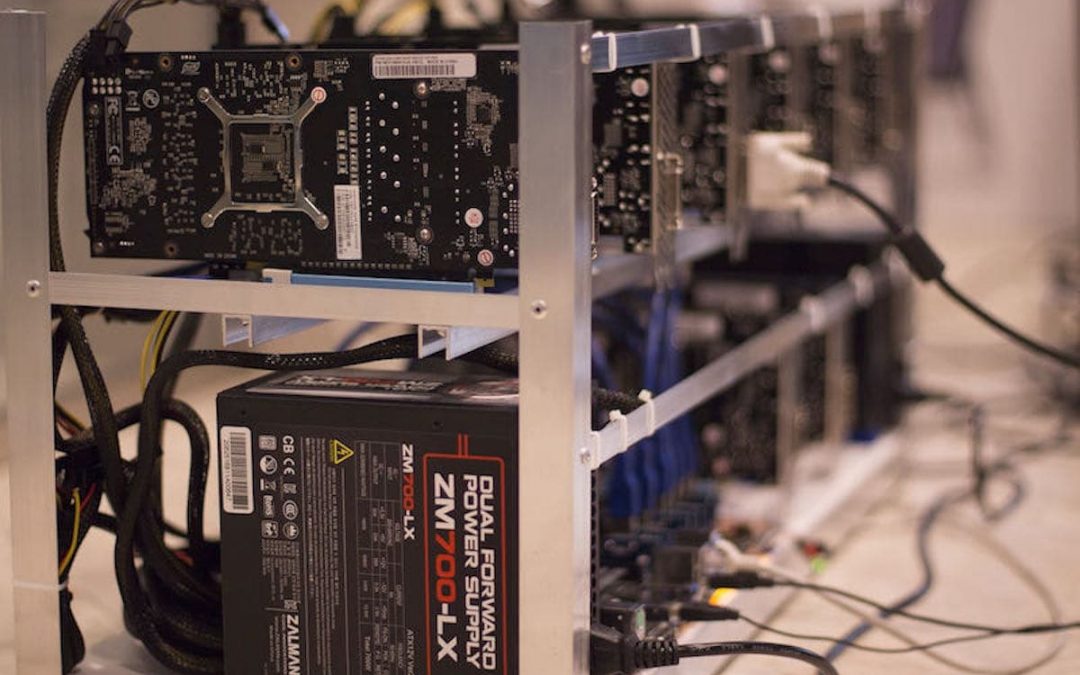The Business Case for Sustainable IT Management
Are you curious about the environmental impact of cryptocurrency mining? As the popularity of digital currencies continues to rise, so does the demand for the powerful graphics processing units (GPUs) needed to mine them. But what happens to all of those used GPUs once they are no longer profitable for mining? The answer may surprise you.
E-waste recycling is a critical issue in today’s world, and the disposal of used GPUs is no exception. These devices contain valuable metals like gold, silver, and copper, but they also contain hazardous materials like lead and mercury that can harm the environment if not disposed of properly. As the number of used GPUs continues to grow, it’s essential to find sustainable ways to recycle them and prevent them from ending up in landfills.
The Environmental Impact of Cryptocurrency Mining
What is Cryptocurrency Mining?
Cryptocurrency mining involves using powerful computer systems to solve complex mathematical problems in order to validate transactions on the blockchain. This process requires a significant amount of energy, which is typically generated by burning fossil fuels. As a result, cryptocurrency mining has a significant impact on the environment, contributing to climate change and other environmental issues.
In addition to the energy used in the mining process, there is also a significant amount of electronic waste generated by the process. This is because the computer systems used in mining are typically equipped with high-end graphics processing units (GPUs) that are only used for a short period of time before becoming obsolete.
E-Waste
Electronic waste, or e-waste, is a growing problem around the world. E-waste includes any electronic device that is no longer in use or has become obsolete, such as smartphones, computers, and other electronic devices. E-waste is a significant environmental hazard, as it contains a range of hazardous and toxic materials, including heavy metals like gold, platinum, palladium, lithium, cobalt, and other precious metals.
When e-waste is not properly disposed of, these toxic materials can leach into the soil and water supply, causing significant environmental damage. In addition, the disposal of e-waste in landfills can also contribute to climate change, as the toxic materials can release greenhouse gases into the atmosphere.
Responsible Recycling
To address the environmental impact of cryptocurrency mining and e-waste, it is important to promote responsible recycling practices. This includes implementing a circular economy approach to electronics, where valuable materials are recovered and reused rather than discarded.
In addition, extended producer responsibility can help to ensure that companies take responsibility for the environmental impact of their products throughout the entire supply chain. This includes designing products that are easier to recycle and implementing sustainable practices throughout the manufacturing process.
By promoting responsible recycling practices and implementing a circular economy approach to electronics, we can help to reduce the environmental impact of cryptocurrency mining and e-waste, and create a more sustainable future for all.
What Happens to All Those Used GPUs?
When it comes to cryptocurrency mining, many people focus on the energy consumption and carbon footprint of the process. However, the environmental impact of mining extends beyond just energy usage. One aspect that is often overlooked is the fate of the GPUs used for mining once they are no longer useful. In this section, we will explore what happens to all those used GPUs.
The Lifespan of GPUs
The lifespan of a GPU used for mining can vary depending on a variety of factors, such as the specific model, the intensity of the mining operation, and the conditions under which the GPU is used. In general, GPUs used for mining tend to have a shorter lifespan than those used for other purposes. This is because mining puts a significant amount of stress on the GPUs, causing them to degrade more quickly.
While some GPUs may last for several years, others may become obsolete in just a matter of months. When a GPU is no longer useful for mining, it becomes what is known as e-waste.
Disposing of GPUs
When it comes to disposing of GPUs, there are a few different options available. One option is to recycle the GPUs. This involves breaking down the GPUs into their component parts and reusing those parts to create new products. This process can be challenging, however, as GPUs contain a variety of toxic substances and materials, including toxic heavy metals and hazardous chemicals.
Another option is to repair and resell the GPUs. This can be a more sustainable option, as it keeps the GPUs in use for longer and reduces the need for new GPUs to be manufactured. However, not all GPUs are repairable, and the cost of repairs may outweigh the benefits in some cases.
Unfortunately, many used GPUs end up in landfills. This is problematic because GPUs contain a variety of toxic substances that can leach into the soil and water over time. Additionally, burning GPUs releases even more toxic materials into the air.
Overall, the fate of used GPUs is an important consideration when it comes to the environmental impact of cryptocurrency mining. By choosing responsible recycling options and taking steps to extend the lifespan of GPUs, we can help reduce the amount of e-waste generated by the mining industry.
At Potomac eCycle we are always ready to help to dispose of GPUs and any other electronic waste. Contact us for more details.


Recent Comments